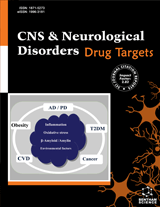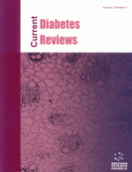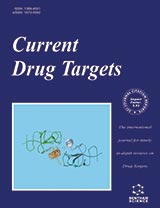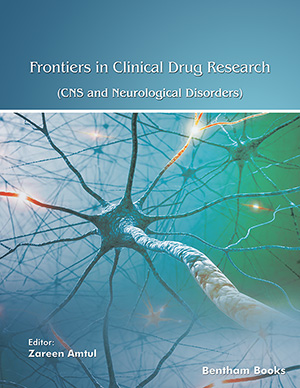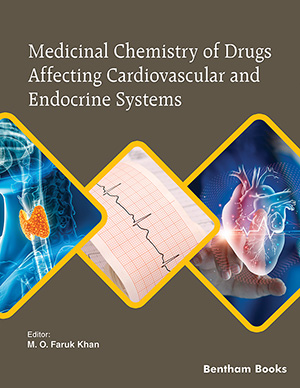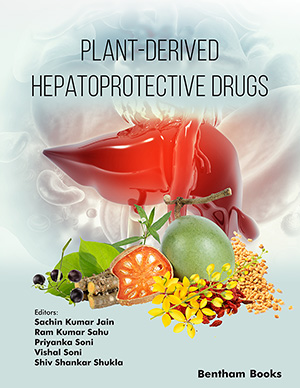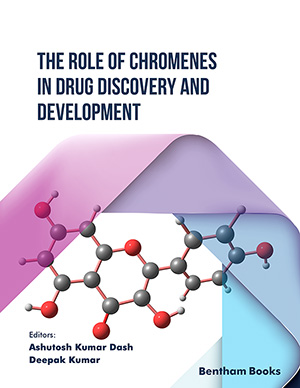Abstract
Traumatic brain injury, often referred to as the “silent epidemic,” is a nondegenerative, non-congenital insult to the brain due to a blow or penetrating object that disrupts the function of the brain leading to permanent or temporary impairment of cognition, physical and psychosocial functions. Traumatic brain injury usually has poor prognosis for long-term treatment and is a major cause of mortality and morbidity worldwide; approximately 10 million deaths and/or hospitalizations annually are directly related to traumatic brain injury. Traumatic brain injury involves primary and secondary insults. Primary injury occurs during the initial insult, and results from direct or indirect force applied to the physical structures of the brain. Secondary injury is characterized by longer-term degeneration of neurons, glial cells, and vascular tissues due to activation of several proteases, glutamate and pro-inflammatory cytokine secretion. In addition, there is growing evidence that the blood-brain barrier is involved in the course of traumatic brain injury pathophysiology and has detrimental effects on the overall pathology of brain trauma, as will be discussed in this work.
Keywords: Biomarkers, blood-brain barrier, brain injury, connexins, cytokines, inflammation, neuronal injury, traumatic brain injury.
CNS & Neurological Disorders - Drug Targets
Title:Traumatic Brain Injury and Blood-Brain Barrier Cross-Talk
Volume: 15 Issue: 9
Author(s): Mohammad Nasser, Fabienne Bejjani, Mohamad Raad, Hadi Abou-El-Hassan, Sarah Mantash, Amaly Nokkari, Naify Ramadan, Nouhad Kassem, Stefania Mondello, Eva Hamade, Hala Darwish, Kazem Zibara and Firas Kobeissy
Affiliation:
Keywords: Biomarkers, blood-brain barrier, brain injury, connexins, cytokines, inflammation, neuronal injury, traumatic brain injury.
Abstract: Traumatic brain injury, often referred to as the “silent epidemic,” is a nondegenerative, non-congenital insult to the brain due to a blow or penetrating object that disrupts the function of the brain leading to permanent or temporary impairment of cognition, physical and psychosocial functions. Traumatic brain injury usually has poor prognosis for long-term treatment and is a major cause of mortality and morbidity worldwide; approximately 10 million deaths and/or hospitalizations annually are directly related to traumatic brain injury. Traumatic brain injury involves primary and secondary insults. Primary injury occurs during the initial insult, and results from direct or indirect force applied to the physical structures of the brain. Secondary injury is characterized by longer-term degeneration of neurons, glial cells, and vascular tissues due to activation of several proteases, glutamate and pro-inflammatory cytokine secretion. In addition, there is growing evidence that the blood-brain barrier is involved in the course of traumatic brain injury pathophysiology and has detrimental effects on the overall pathology of brain trauma, as will be discussed in this work.
Export Options
About this article
Cite this article as:
Nasser Mohammad, Bejjani Fabienne, Raad Mohamad, Abou-El-Hassan Hadi, Mantash Sarah, Nokkari Amaly, Ramadan Naify, Kassem Nouhad, Mondello Stefania, Hamade Eva, Darwish Hala, Zibara Kazem and Kobeissy Firas, Traumatic Brain Injury and Blood-Brain Barrier Cross-Talk, CNS & Neurological Disorders - Drug Targets 2016; 15 (9) . https://dx.doi.org/10.2174/1871527315666160815093525
| DOI https://dx.doi.org/10.2174/1871527315666160815093525 |
Print ISSN 1871-5273 |
| Publisher Name Bentham Science Publisher |
Online ISSN 1996-3181 |
Call for Papers in Thematic Issues
Diagnosis and treatment of central nervous system infectious diseases
Infectious diseases of the central nervous system (CNS) can be divided into bacterial, tuberculous, viral, fungal, parasitic infections, etc. Early etiological treatment is often the most crucial means to reduce the mortality rate of patients with central nervous system infections, reduce complications and sequelae, and improve prognosis. The initial clinical ...read more
Techniques of Drug Repurposing: Delivering a new life to Herbs & Drugs
Of late, with the adaptation of innovative approaches and integration of advancements made towards medical sciences as well as the availability of a wide range of tools; several therapeutic challenges are being translated into viable clinical solutions, with a high degree of efficacy, safety, and selectivity. With a better understanding ...read more
Trends and perspectives in the rational management of CNS disorders
Central nervous system (CNS) diseases enforce a significant global health burden, driving ongoing efforts to improve our understanding and effectiveness of therapy. This issue investigates current advances in the discipline, focusing on the understanding as well as therapeutic handling of various CNS diseases. The issue covers a variety of diseases, ...read more
 85
85 5
5 1
1
- Author Guidelines
- Graphical Abstracts
- Fabricating and Stating False Information
- Research Misconduct
- Post Publication Discussions and Corrections
- Publishing Ethics and Rectitude
- Increase Visibility of Your Article
- Archiving Policies
- Peer Review Workflow
- Order Your Article Before Print
- Promote Your Article
- Manuscript Transfer Facility
- Editorial Policies
- Allegations from Whistleblowers
Related Articles
-
Commentary: Neurorestoratology: A Concept and Emerging Discipline in the Treatment of Neurological Disorders
CNS & Neurological Disorders - Drug Targets Neurobiological Influences on Recovery from Traumatic Brain Injury: The Role of Genetic Polymorphisms
Current Pharmaceutical Design Pleiotrophin as a Possible New Target for Angiogenesis-Related Diseases and Cancer
Recent Patents on Anti-Cancer Drug Discovery A Role of GABA Analogues in the Treatment of Neurological Diseases
Current Medicinal Chemistry Inflammation in Ischemic Stroke Subtypes
Current Pharmaceutical Design Nanoparticulate Carrier Mediated Intranasal Delivery of Insulin for the Restoration of Memory Signaling in Alzheimer’s Disease
Current Nanoscience Role of Resveratrol and its Analogues in the Treatment of Neurodegenerative Diseases: Focus on Recent Discoveries
CNS & Neurological Disorders - Drug Targets Recent updates on the dynamic association between oxidative stress and neurodegenerative disorders
CNS & Neurological Disorders - Drug Targets The Role of COX-2 in Acute Pain and the Use of Selective COX-2 Inhibitors for Acute Pain Relief
Current Pharmaceutical Design Cerebral Hemorrhage Produced by Thrombolytic and Anti-Thrombotic Agents: A Review
Current Medicinal Chemistry - Immunology, Endocrine & Metabolic Agents Protective Effects of Melatonin and Mitochondria-targeted Antioxidants Against Oxidative Stress: A Review
Current Medicinal Chemistry Radiolabeled Imaging Probes Targeting Angiogenesis for Personalized Medicine
Current Pharmaceutical Design Hydrogen Sulfide in Physiological and Pathological Mechanisms in Brain
CNS & Neurological Disorders - Drug Targets Aberrant Activation of Arachidonic Acid and Eicosanoid Pathways-Targets for Treating Prostate Cancer
Recent Patents on Endocrine, Metabolic & Immune Drug Discovery Environment, Physical Activity, and Neurogenesis: Implications for Prevention and Treatment of Alzhemiers Disease
Current Alzheimer Research The Multifunctional Protein C System
Current Medicinal Chemistry - Cardiovascular & Hematological Agents Association of Large Vessel Aneurysm/Pseudo-Aneurysm/Aortitis and Deep Vein Thrombosis in Patients with Behçet’s Disease: A Case Report
Current Rheumatology Reviews Nucleic Acids as Therapeutic Agents
Current Topics in Medicinal Chemistry Disruption of Circadian Rhythms and Sleep in Critical Illness and its Impact on the Development of Delirium
Current Pharmaceutical Design The Role of Adenosine in Rheumatoid Arthritis
Immunology, Endocrine & Metabolic Agents in Medicinal Chemistry (Discontinued)


